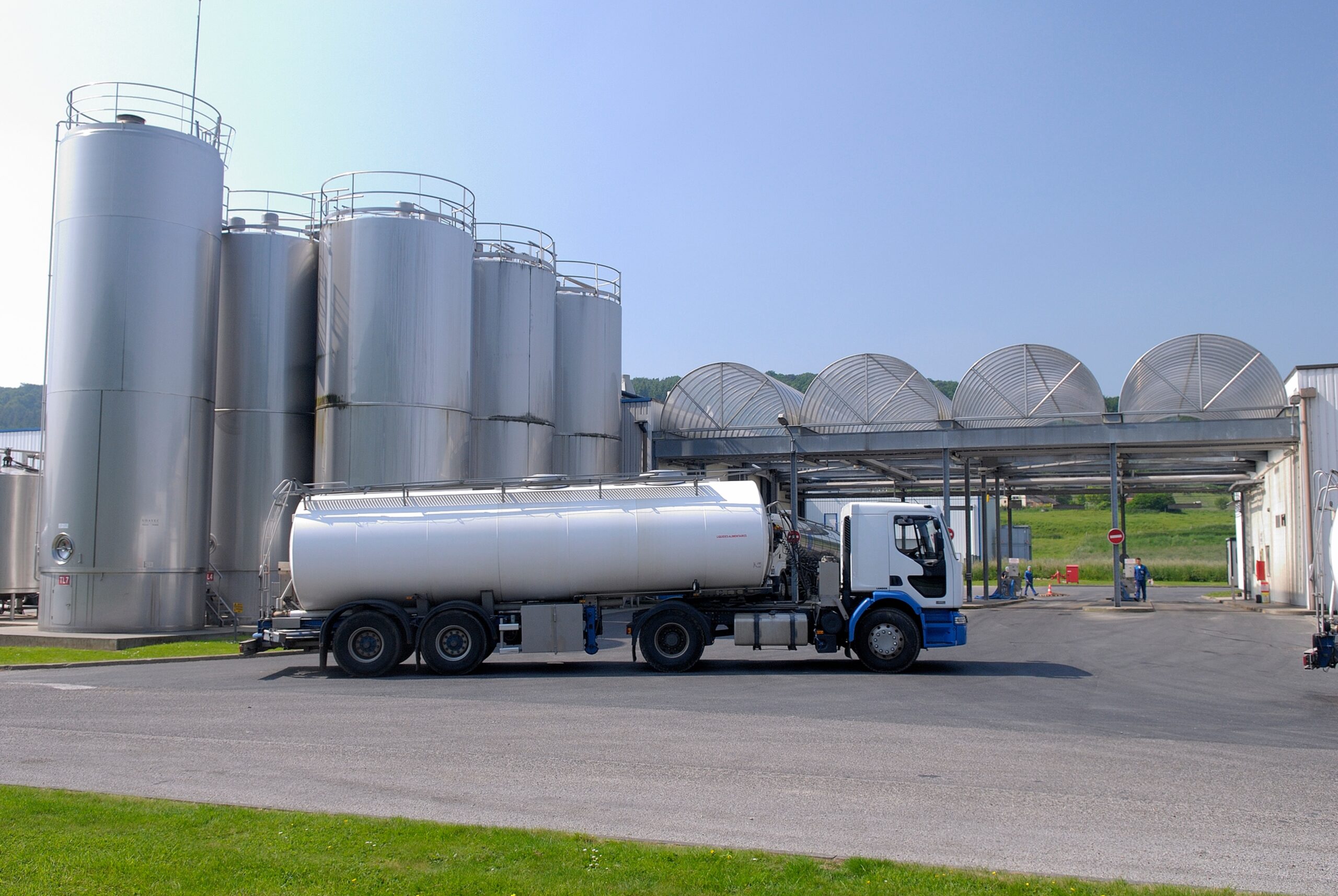Maintenance is a major issue for companies. Indeed, machines and equipment are subjected to harsh conditions of use, which makes them subject to frequent breakdowns. Maintenance costs therefore represent a significant part of a company’s budget, directly impacting its profitability and competitiveness on the market.
Faced with this situation, the analysis of production stoppages appears to be an effective solution for reducing these maintenance costs. By collecting and analyzing data related to production stoppages, companies can identify the root causes of these breakdowns and implement preventive actions to avoid their recurrence. This proactive approach reduces downtime and keeps equipment in good working order, thereby reducing maintenance costs.
Maintenance costs in the materials industry
In the materials industry, maintenance is a major issue to ensure the performance and durability of equipment. It reduces the risk of breakdowns and increases the availability of machines, which translates into improved productivity for the company.
However, maintenance also generates costs that can represent a significant part of the company’s budget. We can distinguish three types of maintenance costs:
- Preventive maintenance: it aims at anticipating breakdowns by carrying out planned interventions, such as lubrication or replacement of worn parts. It reduces the risk of breakdowns and extends the life of the equipment, but it involves costs related to the purchase of spare parts and the manpower required to carry out the interventions.
- Corrective maintenance: this consists of intervening after a breakdown to repair the equipment. It is often unforeseen and can involve significant costs, especially if the parts to be replaced are expensive or if production is stopped for a long time.
- Predictive maintenance: this is based on the use of sensors and monitoring technologies to detect the early signs of breakdowns. It allows to anticipate maintenance interventions and to reduce costs related to corrective maintenance.
It is therefore essential for plants to find ways to reduce these costs while ensuring the performance and durability of their equipment. Downtime analysis can be an effective solution to achieve this goal.
What are the causes of production downtime?
In the materials industry, production downtime can be caused by a variety of factors such as machine breakdowns, human error, equipment problems, delays in raw material delivery, etc.
Each cause of downtime can have different consequences for plant maintenance. For example, machine failures can require costly and lengthy repairs, while human errors can cause damage to equipment and require downtime for inspections and repairs.
Equipment problems can also cause production downtime, such as broken belts or chains, which require immediate repairs to restore normal machine operation.
Downtime has a major impact on plant maintenance because it can result in high repair and parts replacement costs. In addition, downtime can lead to decreased productivity and increased machine downtime, which can reduce overall plant efficiency.
Therefore, it is essential to understand the various causes of downtime and implement preventive measures to minimize their impact on plant maintenance.
By identifying the most common causes of downtime and developing appropriate maintenance plans, companies can reduce maintenance costs and increase production availability.
The importance of downtime analysis to reduce maintenance costs and production losses
As an expert in the materials industry environment, it is crucial to emphasize the importance of downtime analysis to reduce maintenance costs. Through the use of IoT, for example, it is now possible to obtain real-time data on the status of equipment and machines, allowing for proactive analysis of production downtime.
This analysis allows for early identification of potential maintenance issues before they become prolonged, and therefore costly, downtime. In addition, by using the data collected, preventive measures can be taken to avoid recurring problems. If a problem is identified, steps can be taken to resolve it before it becomes a major problem requiring urgent intervention.
In addition, by analyzing past downtime, future maintenance needs can be predicted. This allows for proactive maintenance planning, which avoids costly emergency repairs and minimizes downtime.
How does downtime analysis software work?
Production downtime can cause significant losses in time and money for plants. However, with the advent of Internet of Things (IoT) technologies, it is now possible to monitor production downtime in real time and get accurate analytics to determine the reasons for downtime.
A downtime analytics solution automatically pulls downtime into the system without wasting time or making input errors. Thanks to the software, it is possible to know the location of the faulty machine in the plant and the start and end date of the shutdown. This feature is essential for factories because a shutdown can last from midnight to 3am, for example, which can cause significant delays in production operations.
Notification can be sent automatically by SMS or email. This allows plant managers to be alerted immediately when a shutdown occurs, enabling them to take quick action to minimize lost time and money.
Once the downtime has been entered into the system, it is analyzed to determine the Synthetic Efficiency Ratio (SER) coefficients. This analysis quantifies the duration of downtime and identifies the longest downtime, which can help plant managers identify the underlying causes of downtime.
When a shutdown occurs, it is often difficult to determine the exact cause of the shutdown. In fact, a 2-hour, 3-hour or even longer shutdown can be related to several different reasons, and one reason can lead to another. This is where the downtime analysis software comes in. Thanks to its advanced functionalities, the software allows to qualify the concerned stoppages to have more precision in the data analysis. This qualification allows conclusions to be drawn that cannot necessarily be determined technically.
For example, a production stoppage may be linked to a faulty machine, which has led to an overload on another machine, which in turn has led to a breakdown. This cascade of failures can be difficult to detect without a thorough analysis of the data. That’s why downtime analysis software is so valuable to plants, as it helps determine the underlying causes of downtime, allowing plant managers to take steps to prevent downtime in the future.
Finally, the tool automates reporting and data analysis in real time. As a result, plant managers can get a complete overview of all downtime that has occurred, without having to dive into tedious data tables. In addition, the software also allows for the generation of customized reports based on the plant’s needs, providing additional flexibility in data analysis.
How to analyze the data collected to make informed and preventive decisions ?
To conduct effective downtime analysis, it is essential to have quality data and to use appropriate tools and techniques. For example, to ensure quality data collection, it is advisable to use real-time monitoring systems to identify equipment failures, as well as manual data collection tools to record maintenance data and operator observations.
Once the data is collected, it is critical to apply analysis techniques to detect maintenance problems. Common analysis techniques include Pareto analysis, which ranks problems in order of importance, and trend analysis, which determines whether equipment tends to degrade over time.
Finally, to make the best use of the data collected, it is recommended to use data analysis tools such as maintenance dashboards and predictive analysis software. These tools can help maintenance teams anticipate problems, plan maintenance interventions more efficiently and avoid costly emergency repairs. Downtime analysis is a key element in reducing maintenance costs and increasing equipment availability.
How to adapt the analysis of production stoppages to the evolution of the plant and the new technologies available?
Adapting the analysis of production stoppages to changes in the plant and to new technologies available is essential to maintain its effectiveness. To do so, the following steps are recommended:
- Regularly re-evaluate the analysis criteria : The analysis criteria must be adapted according to the needs of the plant, its objectives, the technologies and the equipment used. It is important to regularly update the analysis criteria to ensure that they are relevant.
- Use advanced technologies : New technologies, such as artificial intelligence and the Internet of Things, can be used to improve data collection and downtime analysis. It is important to keep up with technological developments to get the most out of these tools.
- Train staff : Downtime analysis staff should be regularly trained on new technologies and the most effective analysis methods. Ongoing training is essential to ensure that downtime analysis remains current and effective.
- Track results : The results of downtime analysis should be tracked regularly to ensure that the actions taken are effective. It is important to monitor maintenance costs and plant productivity to evaluate the effectiveness of the downtime analysis and take corrective action if necessary.
By following these steps, plants can ensure that their downtime analysis is responsive to changes in the plant and new technologies available, allowing them to reduce maintenance costs and improve productivity effectively.













